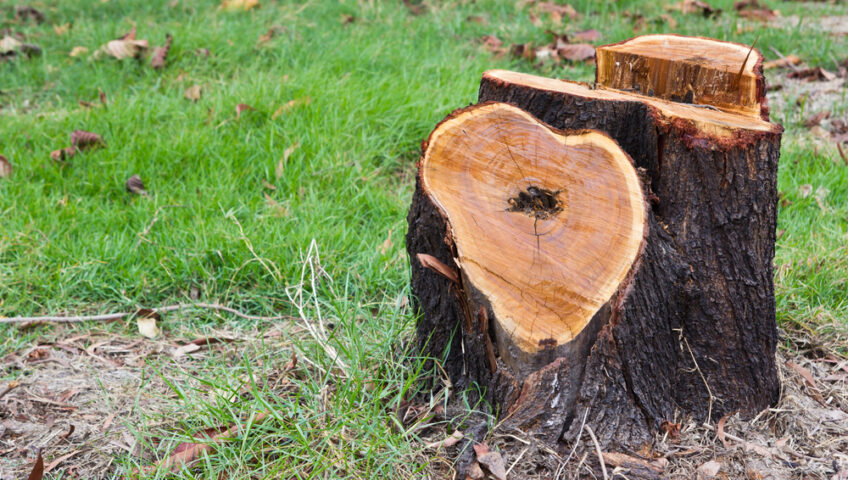Have you ever noticed a tree in your garden looking a bit under the weather? Perhaps its leaves are discoloured or its bark appears damaged. It’s important to be aware of common tree diseases and understand when it might be time to consider tree removal to prevent further damage to your property and other trees. In this blog, we’ll explore five prevalent tree diseases and the circumstances under which removal becomes necessary.
1. Powdery Mildew
Powdery mildew is one of the most recognisable tree diseases. It presents as a white or grey powdery coating on leaves, stems and buds. It thrives in warm, dry conditions and can spread rapidly.
While powdery mildew rarely kills a tree, severe infestations can weaken it significantly, making it more susceptible to other diseases and pests. If the tree is extensively affected and treatments fail to control the mildew, removal may be the best option to protect the surrounding vegetation.
2. Root Rot
Root rot is caused by fungi that thrive in overly moist soil conditions. It results in decayed roots, which can severely compromise the tree’s stability and health.
Once root rot sets in, it’s challenging to reverse the damage. Trees with extensive root rot are often beyond saving and pose a risk of falling. In such cases, tree removal is essential to prevent potential property damage or injury.
3. Dutch Elm Disease
Dutch Elm Disease (DED) is a devastating fungal infection spread by beetles. It primarily affects elm trees, causing wilting, yellowing of leaves and eventual death if untreated.
Early detection and treatment can sometimes save a tree, but advanced cases where the infection has spread significantly require removal. This step is important to prevent the disease from spreading to other nearby elm trees.
4. Canker Diseases
Canker diseases, caused by various fungi and bacteria, result in dead areas on the bark, stems or branches. These cankers disrupt nutrient flow within the tree, leading to dieback and, potentially, tree death.
Removal might be necessary if cankers are extensive and the tree shows significant dieback. Trees with large cankers are structurally compromised and can pose safety hazards, especially during storms.
5. Anthracnose
Anthracnose is a group of fungal diseases affecting the leaves, stems, flowers and fruits of many trees. It typically causes irregular dark spots on leaves, leading to premature leaf drop.
While anthracnose is not usually fatal, severe cases can weaken a tree, making it more vulnerable to other threats. Removal is considered when a tree is severely defoliated and its overall health and appearance are significantly impacted.
Protect Your Trees from Disease: Get Professional Help Now!
Understanding common tree diseases and knowing when tree removal is necessary can help maintain the health and safety of your property. At Summerland Tree Services, we offer expert tree services in Byron Bay, including comprehensive assessments and safe tree removal. Our skilled arborists in Byron Bay are dedicated to preserving the beauty and health of your landscape while ensuring your safety. Whether you need advice or professional tree removal in Byron Bay, trust us to provide reliable and effective solutions. Contact us today to learn more and schedule a consultation.

